Unlocking the Cosmos: The Vital Role of Astroinformatics in Modern Astronomy
In an era where the vastness of the cosmos is more within our reach than ever before, the fusion of astronomy with cutting-edge information technology—known as astroinformatics—is revolutionizing our understanding of the universe. With my keen interest in both physics and the latest advancements in technology, I find the intersection of data science and astronomy—astroinformatics—not just fascinating but crucial for unraveling the mysteries of the cosmos. Through this article, we’ll explore the core concepts of astroinformatics, its significance, and the potential it holds for the future of astronomical research.
What is Astroinformatics?
Astroinformatics is a multidisciplinary field that employs sophisticated data analysis techniques, algorithms, and software tools to manage and interpret the enormous volumes of data generated by astronomical observations and simulations. In an age where traditional methods of data analysis are no longer viable due to the sheer volume and complexity of data, astroinformatics stands as a beacon of innovation, handling datasets that are now measured in petabytes.
The Core Principles of Astroinformatics
At its heart, astroinformatics is built on several core principles that leverage advances in computer science to address the unique challenges of astronomical data. These principles include:
- Data Management: Effective strategies for storing, organizing, and accessing vast datasets.
- Machine Learning and Artificial Intelligence: Utilizing algorithms to identify patterns, classify objects, and make predictions from large datasets.
- Visualization: Advanced techniques to visually represent data, aiding in interpretation and discovery.
- Collaborative Tools: Platforms that enable astronomers worldwide to share data and findings, fostering an international research community.
Why Astroinformatics Matters
The realm of astroinformatics transcends traditional boundaries, offering new pathways to comprehend the universe. Its importance can be distilled into several key points:
- It enables the handling and analysis of big data generated by telescopes and space missions, leading to discoveries that were previously unimaginable.
- Through machine learning algorithms, it allows for the automated classification of galaxies, stars, and other celestial bodies, significantly speeding up research processes.
- Astroinformatics fosters interdisciplinary collaboration, merging expertise from fields such as computer science, mathematics, and physics.
The Future of Astroinformatics
Looking forward, the future of astroinformatics is as boundless as the universe itself. With the advent of new telescopes like the Extremely Large Telescope (ELT) and space missions like the James Webb Space Telescope, the volume of astronomical data is set to increase exponentially. Astroinformatics will be indispensable in managing this data deluge, enabling groundbreaking discoveries about dark matter, exoplanets, and the very fabric of the universe itself.
As someone deeply fascinated by the intersection of technology and astronomy, I see astroinformatics not just as an academic field, but as a bridge to the future—a future where the mysteries of the cosmos unravel before us, driven by the power of data and algorithms. My nights spent exploring the heavens through the lens of a telescope, and my days spent deciphering the language of machines, converge in astroinformatics, a field that stands at the precipice of the next great era of discovery.
Concluding Thoughts
The universe is a vast, intricate tapestry of matter, energy, and the unknown. Astroinformatics is the key to unlocking its secrets, providing the tools and methodologies necessary to navigate the cosmic ocean of data. As we stand on the brink of new astronomical eras, it’s clear that the fusion of astrophysics and information technology through astroinformatics will illuminate the path forward, revealing the universe in a light never before seen.
For those of us captivated by the wonder of the cosmos and the potential of technology, astroinformatics represents not just a field of study, but a journey—a journey of discovery, innovation, and unending curiosity.
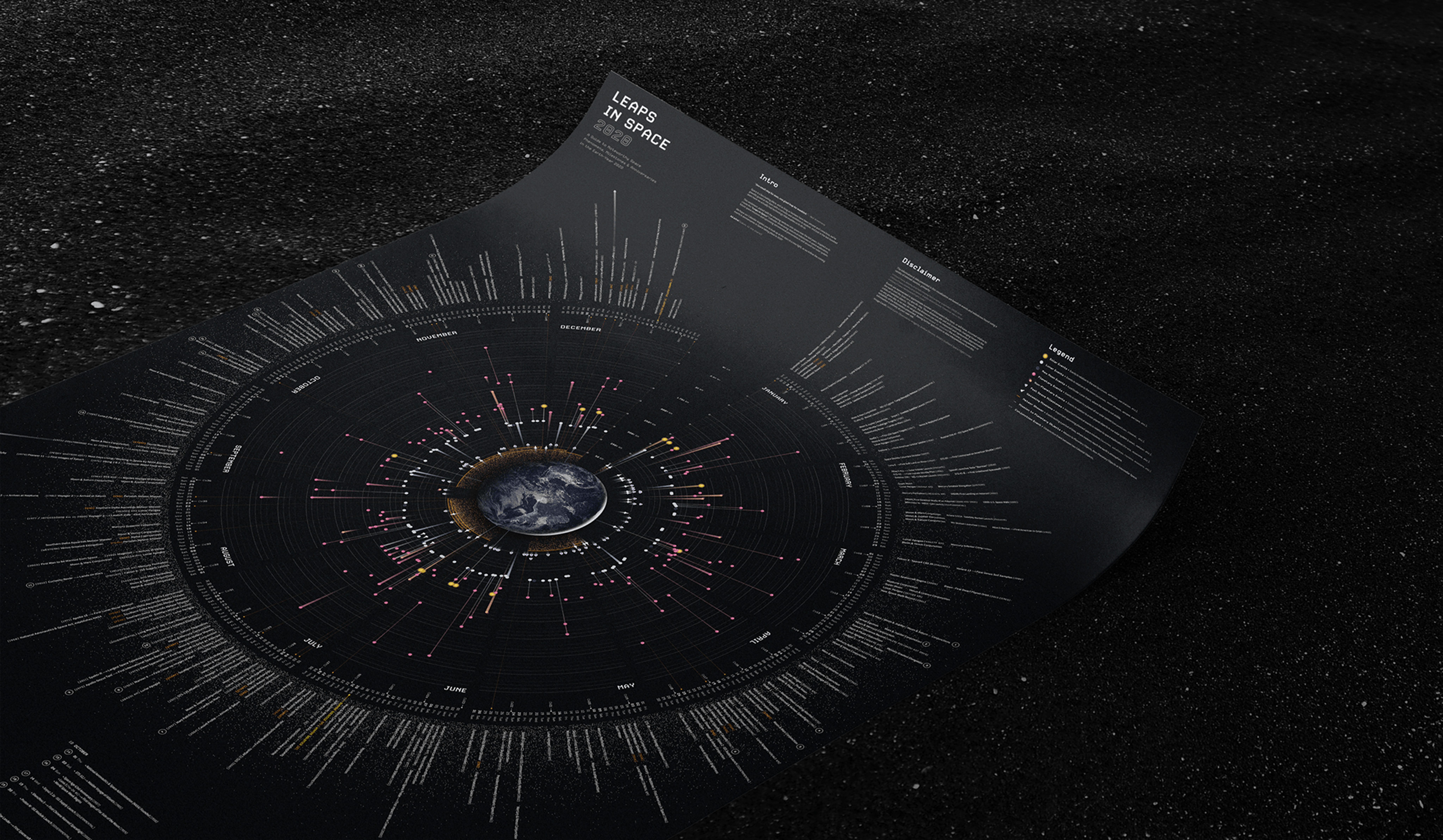
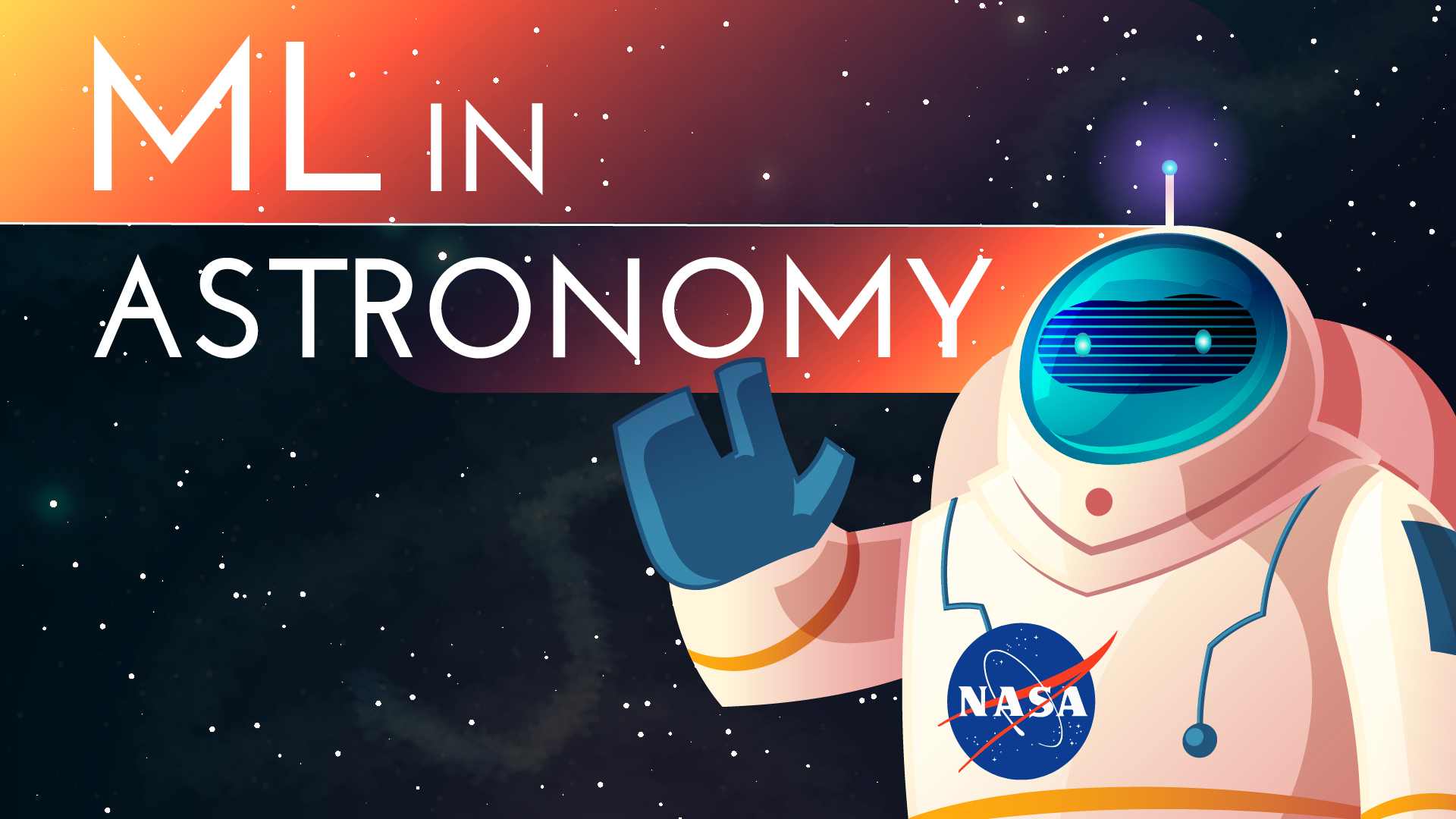
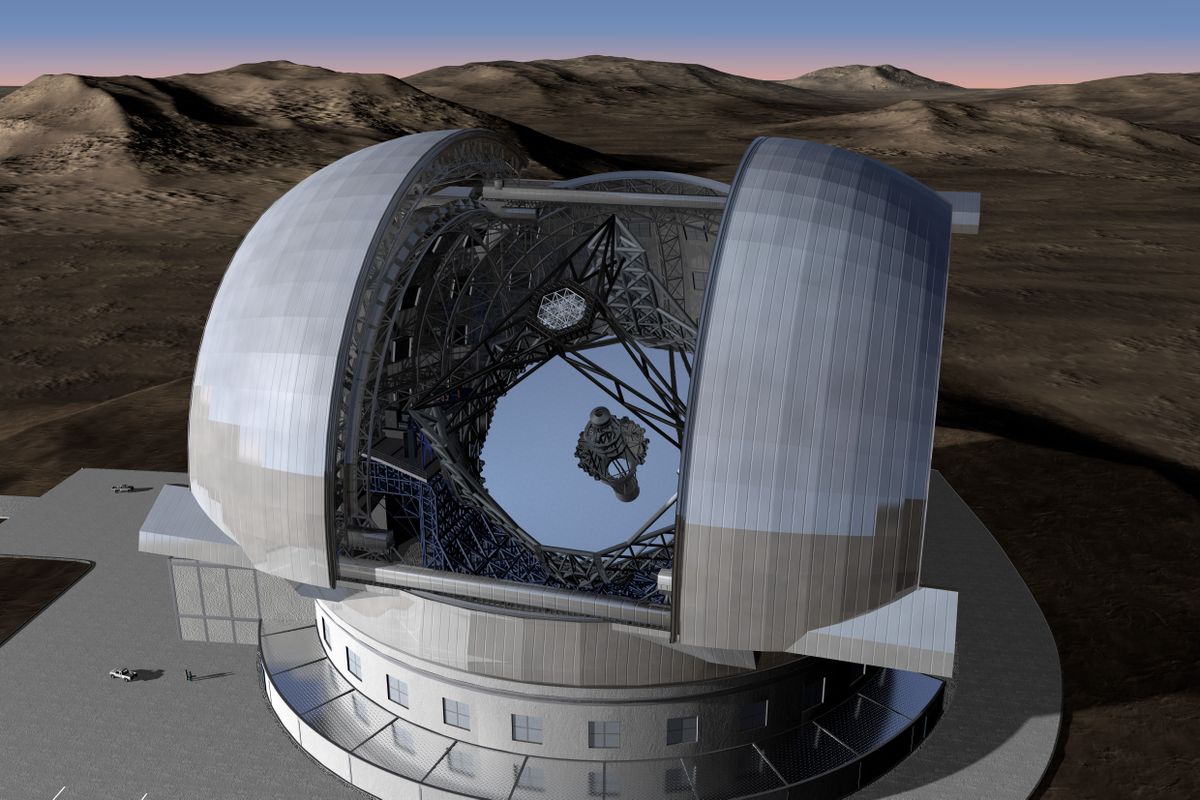
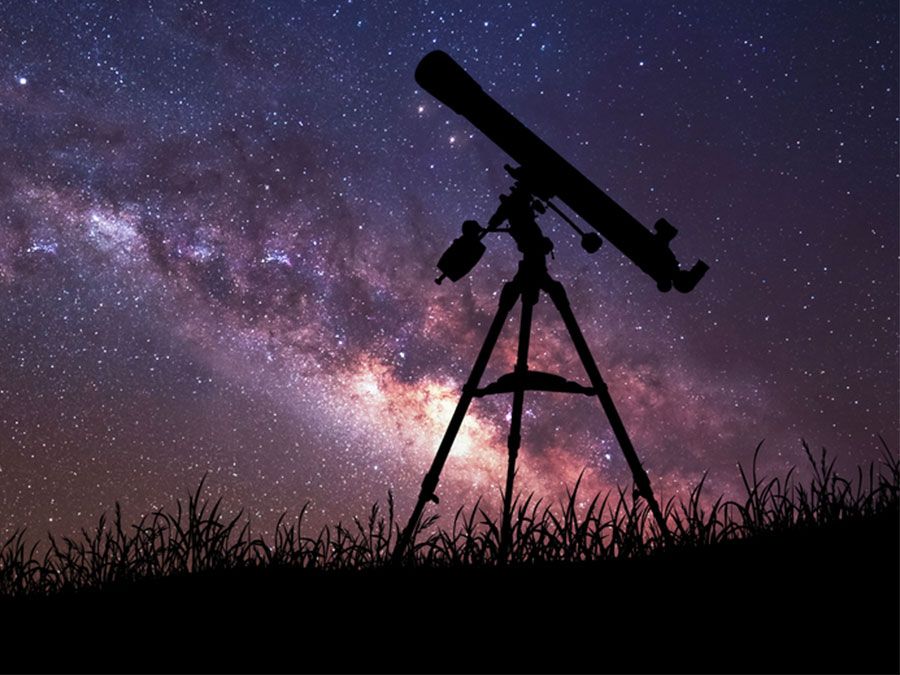 >
>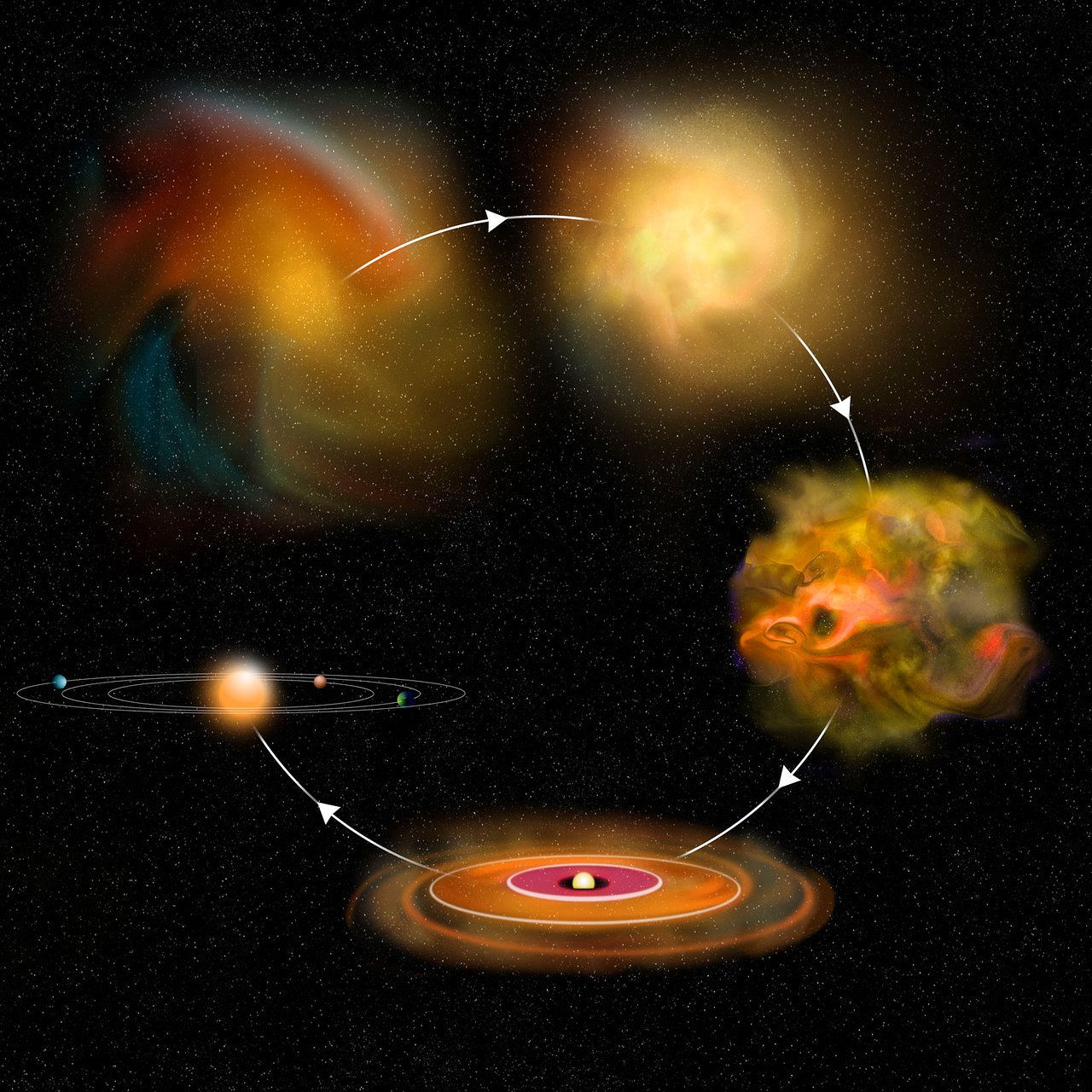 >
>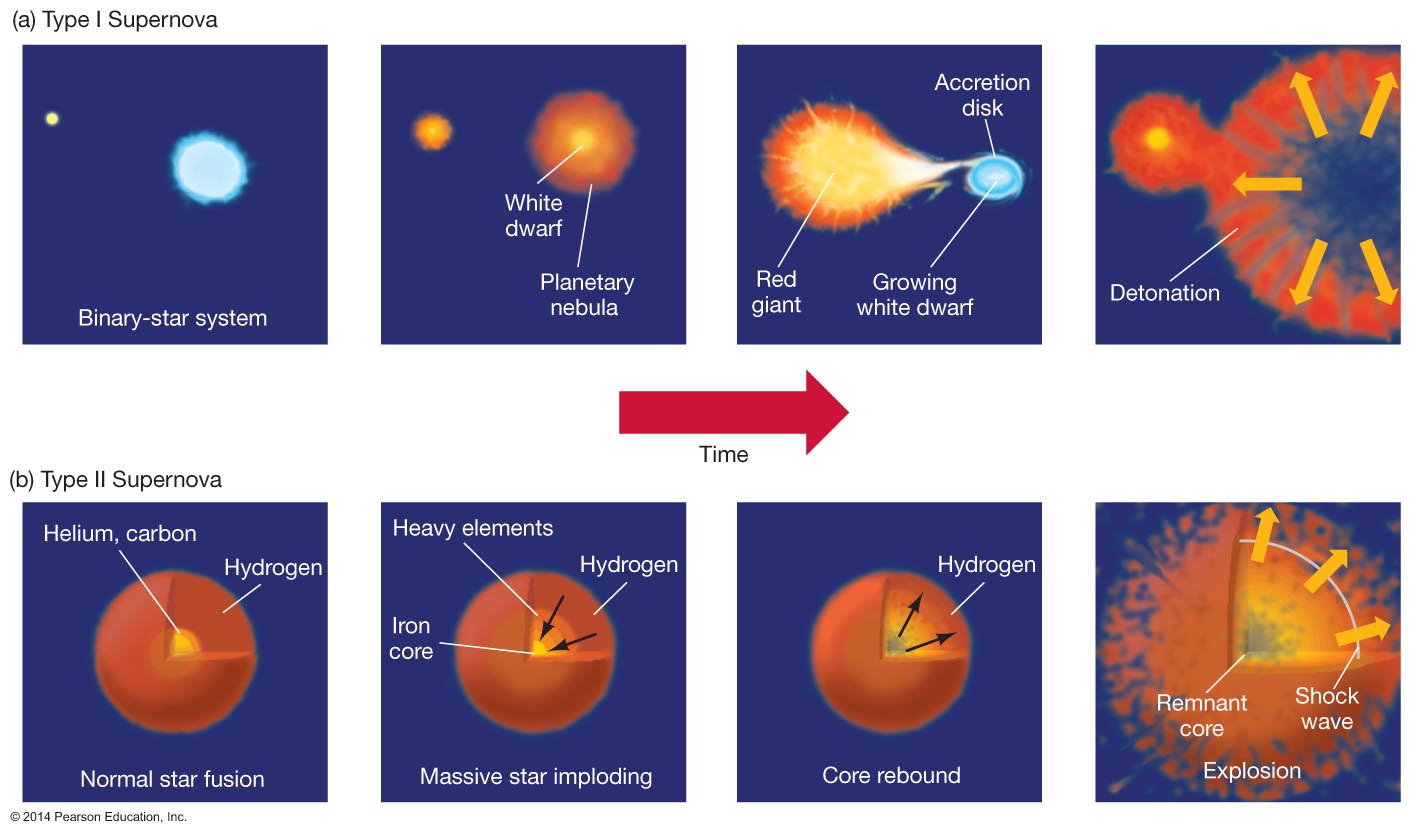 >
>